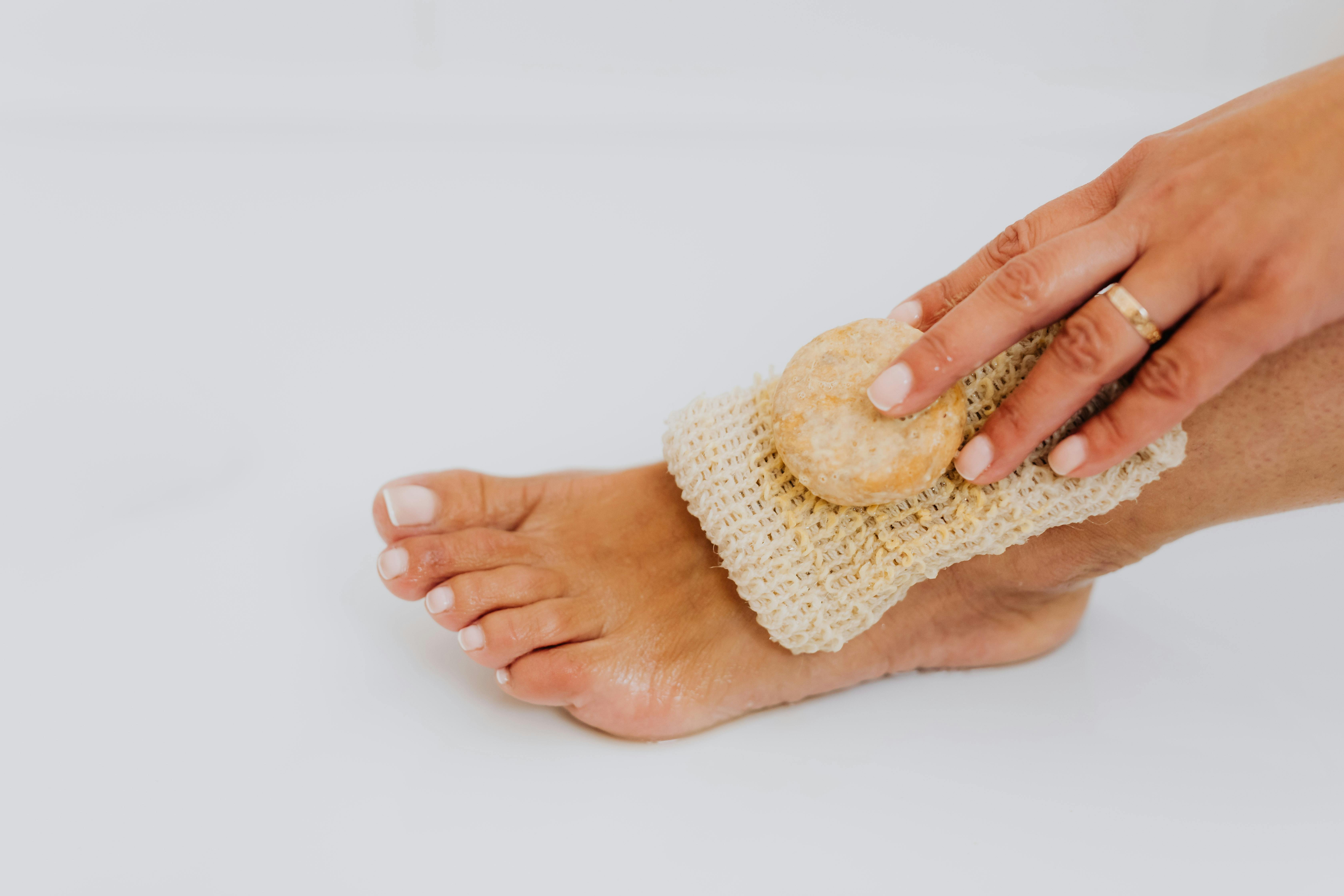
Essential Tips for Properly Addressing an Envelope in 2025
Understanding how to properly address an envelope is a crucial skill, whether you're sending personal letters, holiday cards, or important business correspondence. In 2025, as mailing technology evolves, ensuring that your envelopes meet postal standards and etiquette is more important than ever. Addressing an envelope correctly not only ensures timely delivery but also adds a touch of professionalism to your communications.
This article delves into essential envelope addressing guidelines, including correct formats for return and recipient addresses, tips for addressing envelopes for mail, and insights into international envelope addressing. By following these best practices, you can avoid common mistakes and ensure that your mail reaches its destination without delays.
Key takeaways include:
- Understanding envelope format and size requirements
- The significance of proper address placement
- Guidelines for personal and business envelope addressing
- Considerations for international shipping and holiday greetings

Understanding Envelope Format: Key Elements for Addressing
Building on the importance of envelope addressing, let's examine the key elements that make up the proper envelope format. A well-addressed envelope consists of various components that must be arranged correctly to comply with postal regulations.
Components of Envelope Addressing
Every envelope should feature a few fundamental components: the recipient’s address, the return address, and the postage stamp. The recipient's address is vital for the postal service to understand where the mail should go, while the return address allows for undeliverable mail to be sent back to you.
It’s important to denote these elements clearly. The recipient's address should be placed in the center of the envelope, while the return address should be in the top left corner. This arrangement helps postal workers quickly identify the destination and sender information.
Correct Formatting Styles
There are several formatting styles you can adopt based on the type of correspondence you are sending. For personal letters, it’s typically acceptable to use a handwritten style. However, for business correspondence, a typed address is often preferred to maintain professionalism.
Pay attention to font sizes and styles, as using clear and easy-to-read fonts enhances the likelihood that your mail will be processed smoothly. Avoid overly decorative fonts, which may hinder legibility.
Size and Type Considerations for Envelopes
The size of your envelope should reflect the content you are sending. For standard letters, a #10 envelope is commonly used. If you are sending invitations or greeting cards, you might consider the A7 size. Understanding envelope types helps you choose the right one for your mailing needs.
Remember, choosing the right envelope not only reflects the importance of the message but also adheres to mailing standards, avoiding potential delays or issues with delivery.

Envelope Addressing Guidelines for Various Purposes
With these fundamental elements in place, we can explore specific addressing guidelines for different situations, from personal letters to business envelopes and international mailings.
Addressing Personal Letters and Cards
When mailing personal letters, always write the recipient’s full name, including any necessary titles (such as Mr., Ms., or Dr.). In informal contexts, you may choose to use their first name only, depending on your relationship with the recipient.
Addressing holiday cards requires similar attention to detail. Make sure to reflect the spirit of the occasion with a cheerful design, while still ensuring that address placement is adhered to.
Business Envelope Addressing
For business correspondence, the envelope should demonstrate professionalism. Always include the full name of the recipient, their job title, company name, and the complete business address. This not only aids in the effectiveness of the correspondence but also fosters a professional image.
When using a return address for business, ensure that it corresponds to the relevant department or sender, as this can help streamline any follow-up communication.
International Envelope Addressing
When addressing envelopes for international mailing, it’s essential to familiarize yourself with the address format of the destination country. Generally, the recipient’s name goes first, followed by the street address, city, province (if applicable), and lastly the postal code and country name.
Keep in mind that different countries may have varying requirements for formatting, so researching specific guidelines for international shipping will help avoid return mail issues.
Envelope Etiquette and Best Practices
Following envelope etiquette is critical, especially as the mail industry adapts to new standards. Proper etiquette reflects well on you and ensures that your letters are received without any complications.
Using Clear Handwriting and Labels
Whether you write your addresses by hand or use labels, clarity is of utmost importance. Take the time to write or print neatly to prevent misinterpretation. For handwritten envelopes, avoid cursive if it’s not legible.
Labels can add a professional touch, especially for bulk mailings or formal invitations, but ensure that they adhere to postal standards for size and placement as well.
Understanding Postal Standards and Regulations
It’s crucial to be aware of current postal regulations regarding addressing envelopes. These regulations can change frequently and may vary based on the postal service you are using. Knowing what is expected can help prevent your mail from getting lost or delayed.
Avoiding Common Addressing Mistakes
To enhance your envelope addressing skills, take note of common mistakes like incorrect address formatting, missing information, and using inadequate postage. Always double-check your work before mailing to ensure that everything is correct. This simple habit can save you from major headaches.
Tips for Efficient Envelope Preparation
With a solid understanding of envelope addressing, let's dive into tips that can help expedite the preparation process, especially if you’re sending out numerous letters or packages.
Organizing Your Mail for Bulk Addressing
When preparing to send bulk mail, organization is key. Create a mailing list of recipients, categorizing by type if necessary (e.g., business, personal, invitations). This step assists in addressing each envelope efficiently, ensuring no one is missed.
Automated envelope addressing tools can be beneficial for larger mailings, offering convenience and accuracy. These can print addresses directly onto envelopes, saving time and ensuring uniformity.
Creating an Envelope Addressing Station
Set up a dedicated space for addressing envelopes with all necessary supplies at hand, including pens, stamps, and envelopes of various sizes. Having a system in place will streamline the process and make it more enjoyable.
Best Practices for Affixing Stamps
Proper stamp placement is just as vital as the address itself. Postage should generally be placed in the top right corner of the envelope. Be mindful to check postage rates as well, especially for heavier envelopes or international mailings, to avoid return mail.
Q&A: Common Questions About Envelope Addressing
What’s the best way to format an address on an envelope?
The best way to format an address is to place the recipient's name at the center, followed by their address. Start with the street address on the next line, followed by city, state, and zip code. The return address should be on the top left corner, following the same format.
Do I need to include anything special for international mail?
Yes, it’s crucial to write “USA” or the relevant country name in capital letters at the bottom of the address when addressing envelopes for international delivery. Additionally, research the address format specific to the destination country.
How should I label a package compared to a regular envelope?
Packages typically require more information than regular envelopes. Include the sender’s name, address, phone number, and any tracking option if applicable. When addressing, ensure all details are clear and follow postal regulations for packages.
What are some common mistakes to avoid in envelope addressing?
Common mistakes include using incorrect postage, unclear or incorrect addresses, and forgetting to include a return address. Double-checking your envelope before sending it can help eliminate these errors.
Can I use decorative envelopes for formal mail?
While decorative envelopes can add a personal touch, they may not be appropriate for formal business correspondence. Stick to professional designs for business mail while reserving decorative choices for personal letters and invitations.